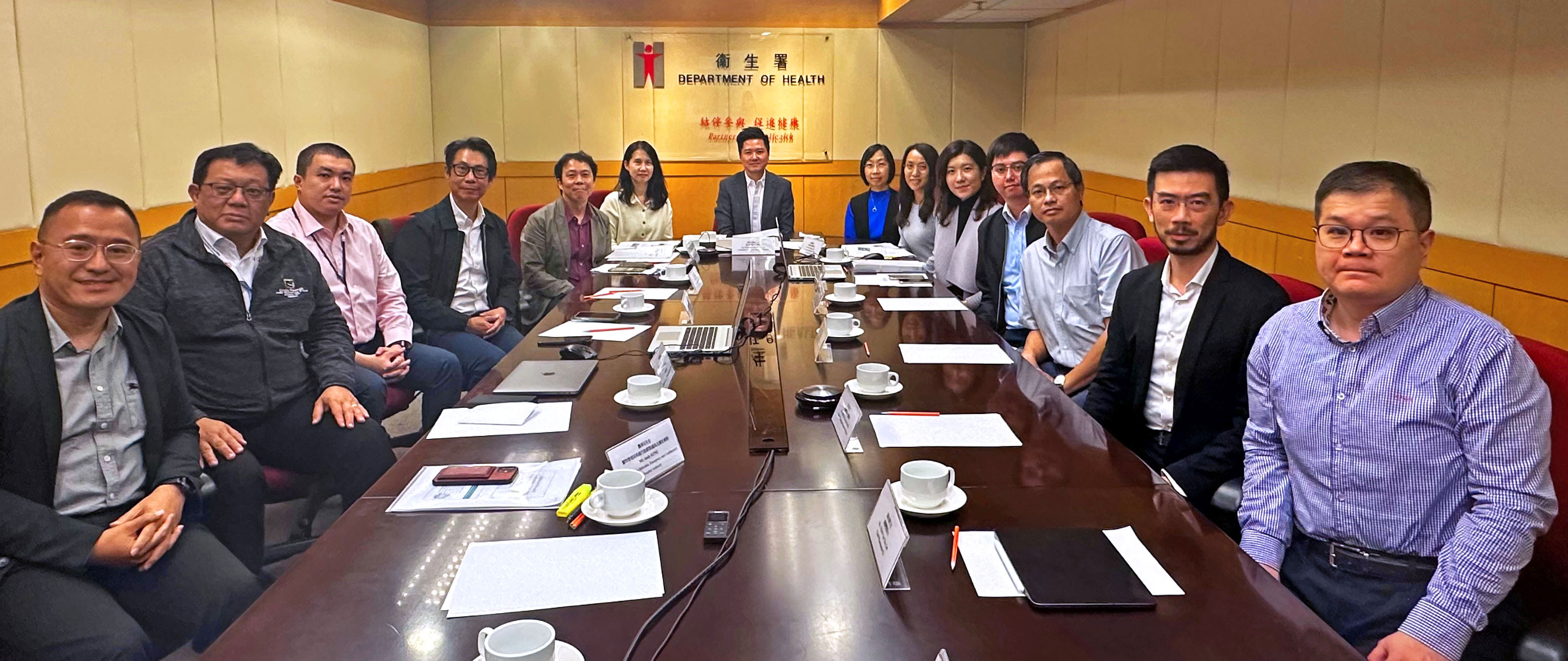
About HKPCN

Background
Poisoning can occur when a harmful substance is swallowed, inhaled, or spilled on the skin or in the eyes. Some harmful substances can cause very mild symptoms like irritation in the mouth or nausea, while others can cause more serious symptoms and even death.
Realizing the importance of poisoning as a public health issue, the Hong Kong Special Administrative Region Government is committed to strengthening the capacities and facilities in the prevention and control of poisoning in the 2005 Policy Address, with an aim to enhance and coordinate the poison prevention and control efforts of relevant parties including the Department of Health, the Hospital Authority, the Chinese University of Hong Kong, other government departments and academic institutions in respect of poison information service, clinical service, laboratory analytical service and toxicovigilance.


Hong Kong Poison Control Network
The Hong Kong Poison Control Network, officially established on 21 April 2007, aims to provide quality services to prevent, manage and control poisoning in Hong Kong.
The Hong Kong Poison Control Network was formed by the Department of Health, the Hospital Authority and other government departments. These parties are integrated with the local health care system and public health services.



